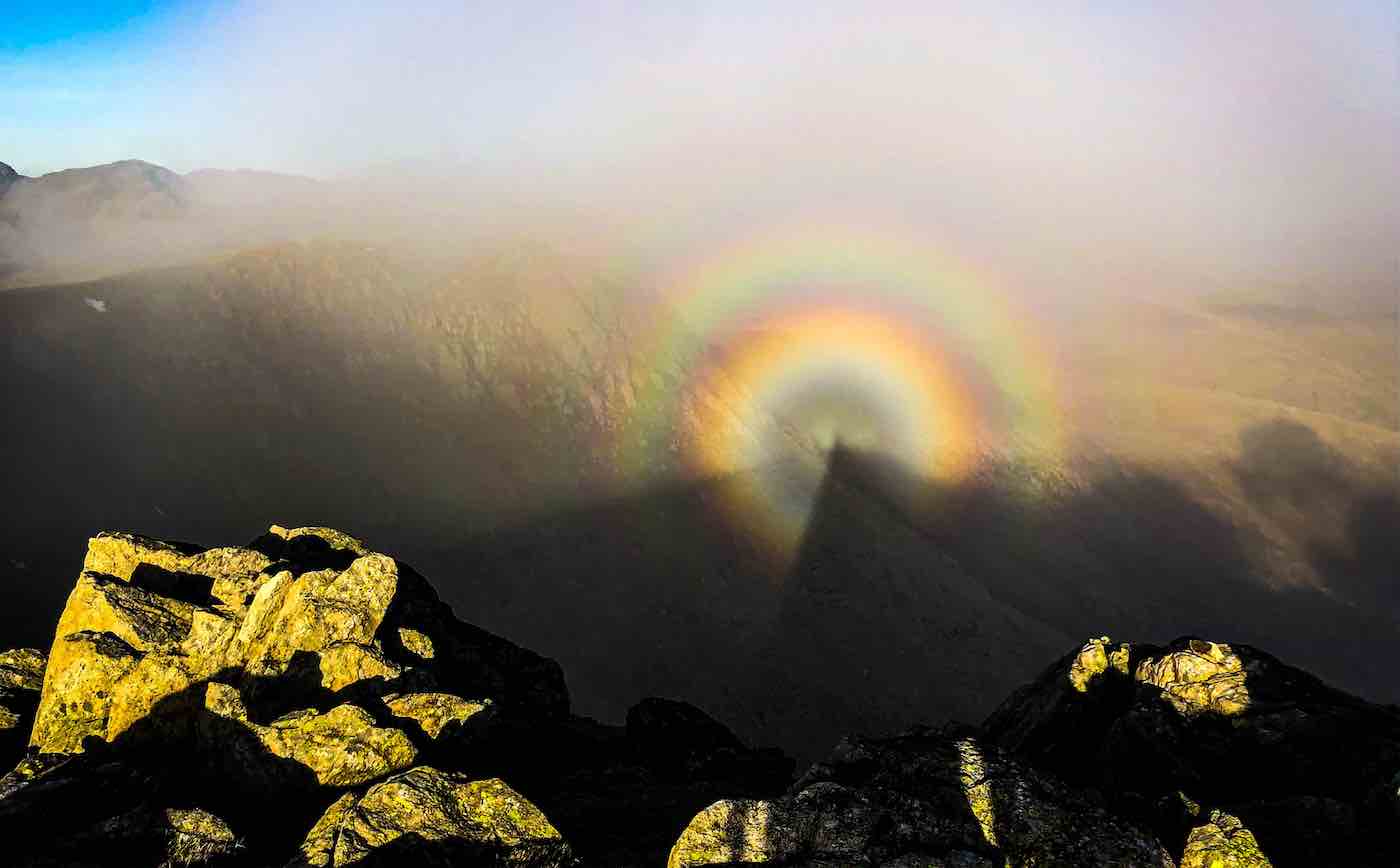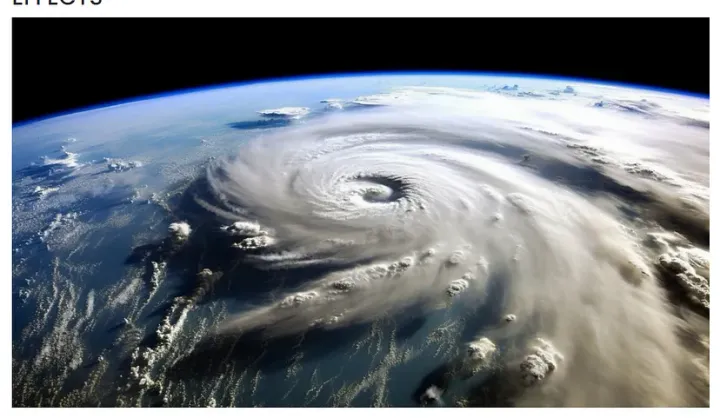Unveiling the Symphony of Monsoon Winds - A Global Perspective

Introduction: A Captivating Dance of Atmosphere and Ocean
Monsoon winds, an atmospheric wonder, orchestrate a dynamic interplay between the world's oceans and landmasses. They paint the canvas of our planet, influencing weather patterns and captivating the hearts and minds of meteorologists, climatologists, and nature enthusiasts alike. In this comprehensive blog post, we embark on a global voyage to unravel the intricacies of monsoon winds, exploring their causes, effects, and profound significance in shaping the rhythm of life across various regions.
Genesis of Monsoon Winds: A Symphony of Temperature Gradients
The genesis of monsoon winds lies in the contrasting temperatures between land and water bodies. During summer, the land heats up faster than the ocean, creating a low-pressure area over the land. This pressure gradient draws air from the cooler, high-pressure ocean regions toward the land, resulting in the formation of moisture-laden monsoon winds.
Journey of the Monsoon Winds: Across Continents and Oceans
Monsoon winds are not confined to a single region but manifest themselves across various parts of the world, including South and East Asia, Africa, Australia, and North and South America. The Indian subcontinent, particularly, experiences one of the most prominent monsoon seasons, with the arrival of the southwest monsoon in June, bringing much-needed rainfall to the drought-stricken land.
Seasonal Rhythm: A Dance with the Sun's Journey
The monsoon winds exhibit a distinct seasonal pattern, closely intertwined with the Earth's orbit around the sun. During the summer, the sun's position shifts northward, tilting the Earth's axis towards the sun. This shift intensifies the temperature gradient between land and water, leading to the onset of the monsoon season. Conversely, as the sun moves southward during winter, the temperature gradient weakens, causing the monsoon winds to recede.
Beneficent Rains: A Lifeline for Arid Lands
One of the most significant impacts of monsoon winds is the abundant rainfall they bring to regions that would otherwise experience arid conditions. The moisture-laden winds release heavy rainfall over land, providing a lifeline for agriculture, replenishing water bodies, and sustaining diverse ecosystems. In many parts of the world, the arrival of the monsoon is eagerly anticipated as it heralds the promise of renewed life and prosperity.
Climate Patterns: A Delicate Balance
Monsoon winds play a crucial role in shaping regional and global climate patterns. They influence the distribution of rainfall, affecting temperature regimes, vegetation, and the overall habitability of various ecosystems. Changes in monsoon patterns, whether in terms of intensity, duration, or timing, can have far-reaching consequences for agriculture, water resources, and the livelihoods of millions of people worldwide.
Human Impact: A Complex Interplay
The relationship between humans and monsoon winds is a complex and multifaceted one. On the one hand, monsoon winds are essential for sustaining human populations in many regions. However, their unpredictable nature and the potential for extreme weather events can also pose challenges to human societies. Climate change and human activities have the potential to alter monsoon patterns, underscoring the need for careful stewardship of these vital atmospheric phenomena.
Conclusion: A Symphony of Life and Resilience
Monsoon winds, with their rhythmic ebb and flow, are a symphony of life and resilience. They shape the physical landscape, nourish ecosystems, and sustain human civilizations across the globe. Understanding the complexities of monsoon winds is crucial for adapting to the challenges they may pose, harnessing their benefits, and preserving the delicate balance they maintain within our planet's intricate climate system. As we continue to explore and unravel the mysteries of monsoon winds, we gain a deeper appreciation for the interconnectedness of our world and the vital role these atmospheric wonders play in shaping our planet's destiny.














Comments ()